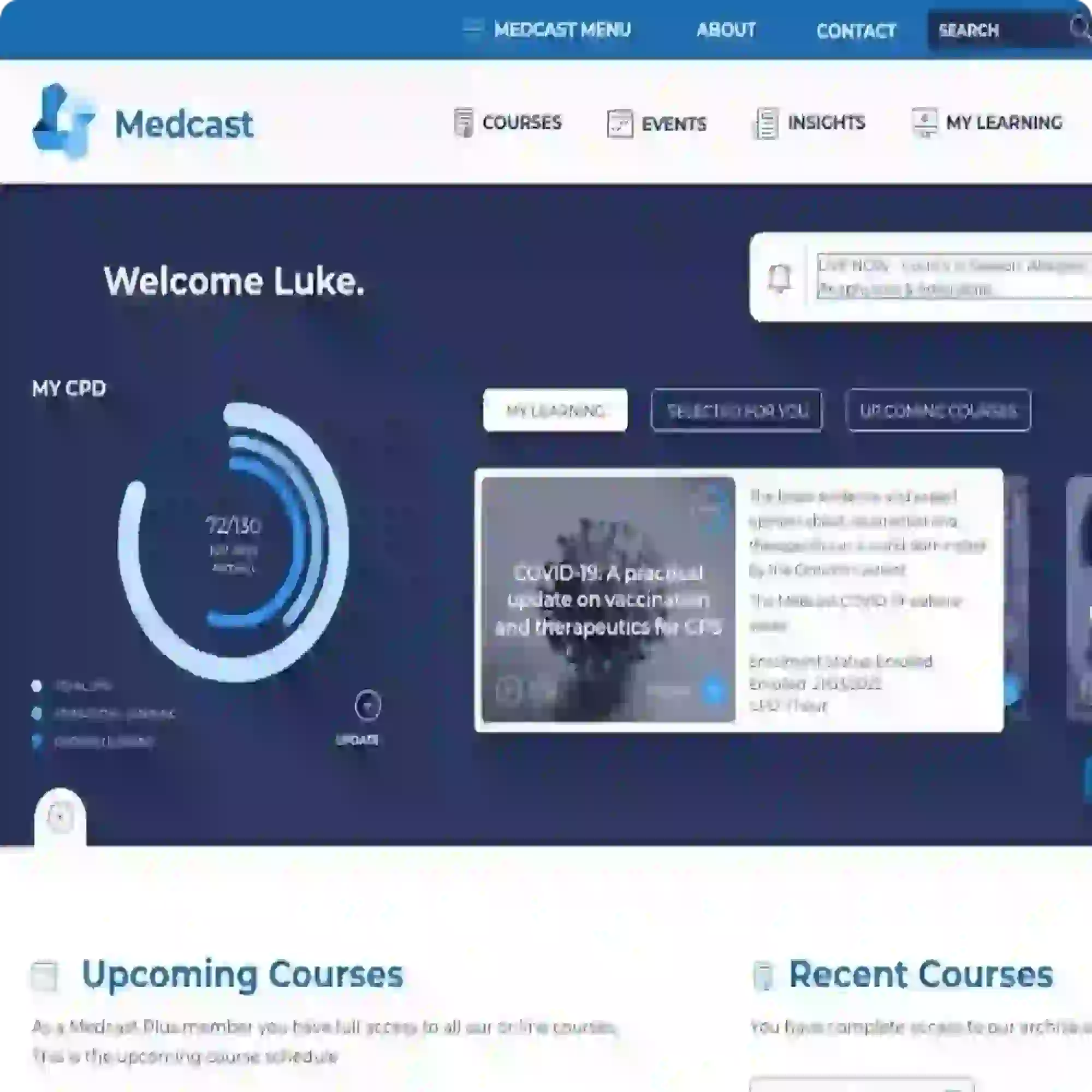Clinical Opal #11 - SGLT2i-related DKA
She takes metformin 1000mg bd and irbesartan 150mg daily.
Terese presents to you today for repeat medication prescriptions and review of recent blood tests. Her HbA1c is 8.5% and has been above 8% for the past 9 months, despite increased physical activity and 2kg weight loss. Her eGFR is 62 and ACR 44 (microalbuminuria).
You are keen to add a second antihyperglycaemic medication and discuss with Terese using a SGLT2 inhibitor. You discuss common side effects, including genitourinary infections. Terese then asks about possible serious adverse events.
What is the risk of ketoacidosis in patients commencing SGLT2 inhibitors? And how can this risk be minimised?
Diabetic ketoacidosis is a rare but serious adverse effect of SGLT2 inhibitors1.
In 2020, a large cohort study of new users of SGLT2 inhibitors found that the relative risk of DKA was three times higher than matched controls taking a DPP-4 inhibitor, with an absolute risk of 1 in 500 cases per year2. A recent BMJ review paper stated that the risk is highest shortly after starting the drug, with 75% of cases occurring within 6 months3.
Patients usually present with typical symptoms of DKA, including polyuria, polydipsia, nausea, abdominal pain, vomiting, and drowsiness. However, up to one third of people with SGLT2i-related ketoacidosis present with normal or only mildly elevated glucose concentrations, so called 'euglycaemic DKA'. This is an important clinical point, as the absence of osmotic symptoms and hyperglycaemia may lead to a delay in diagnosis. As well, urinary ketone levels are unreliable and it is essential to check for capillary ketones to confirm the diagnosis.
The risk of SGLT2i-related ketoacidosis can be reduced in a number of ways. All patients commencing this class of medication should be informed of the risk, including symptoms and signs to look out for and advice around fasting and dehydrating illnesses. DKA risk is higher in people who are insulin deficient, and SGLT2 inhibitors should never be used in patients with T1DM, LADA, or diabetes secondary to pancreatic disease. Other higher risk patients include those with previous DKA, eating disorders, very low carbohydrate (ketogenic) diet, alcohol or drug misuse, and low BMI.
References
The Medcast Diabetes in General Practice.
Over recent years, there have been a number of significant changes in the approach to screening, diagnosis, assessment and management of diabetes in primary care.
The Medcast 'Diabetes in General Practice' course will cover the latest in research and practice updates in this field. The course was primarily written by Dr Justin Coleman, former editor of the Diabetes Management Journal and co-editor of Murtagh General Practice.
This course is also available as part of the GP Education Bundle which provides a triennium worth of CPD.
In addition to the Diabetes in General Practice course, the bundle also provides access to the popular Hot Topics GP update series, Emergencies in General Practice and much more. Click here to find out more.

Simon is a GP based in Newcastle, NSW, and a senior medical educator with Medcast. He also has medical education roles with the RACGP and GPSA.
Over the past three decades, Simon has worked in clinical and educational roles in NSW and the NT, as well as in the Republic of Ireland. He has published over 75 peer reviewed journal articles, and in 2018 received the RACGP Corliss award for his contribution to medical education.
Simon is passionate about high quality education and training. He has particular interests in GP supervisor professional development and the rational use of tests and medicines. He is a proud member of Doctors for the Environment. He spends his spare time drinking craft beer and pretending that he is a musician in the Euthymics, an all-GP band.
Become a member and get unlimited access to 100s of hours of premium education.
Learn moreMarjory is a 68 year old in-patient who is 2 days post hip replacement. She is on rivaroxaban (xarelto) for VTE prophylaxis. You find her sitting on the floor of the bathroom, alert but in pain.
We explore the case of Edward, a patient with acute kidney injury (AKI), focusing on renal protection strategies. It explores fluid management, blood pressure control, nephrotoxic drug adjustments, and electrolyte monitoring. Treatment considerations include vasoactive medications, dialysis options like CRRT, and medication dosing to support renal recovery and prevent complications.
James, a university student with a history of seasonal allergic rhinitis, presents with sudden respiratory distress following exposure to grass pollen during a soccer game shortly before a summer thunderstorm. Could this be thunderstorm asthma?
